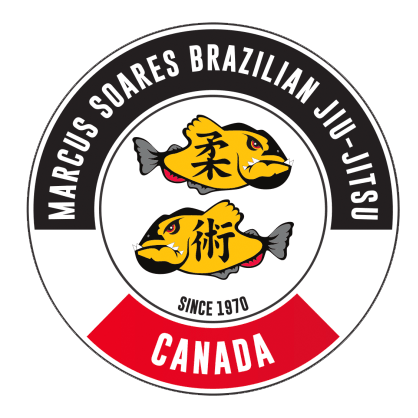Japanese Jiu-Jitsu and Brazilian Jiu-Jitsu are both effective martial arts, but they have distinct differences. Understanding the differences between the two styles can help martial artists decide which style is best for them.
In this guide, we go over the major distinctions between the two sports and how both can benefit you.
What is Japanese Jiu-Jitsu?
Japanese Jiu-Jitsu, also known as Kano Jiu-Jitsu, is a traditional martial art that originated in Japan. It is based on the classic Samurai battlefield techniques and seeks to control and subdue an attacker with joint locks and throws. Japanese Jiu-Jitsu emphasizes control and technique over power and strength.
Japanese Jiu-Jitsu was developed as a way of defending oneself with minimal equipment if one were to ever lose their weapon on the battlefield . It relies heavily on grappling, throws, joint locks and chokes. In Japanese Jiu-Jitsu, the goal is to control and immobilize an opponent without striking them. Japanese Jiu-Jitsu practitioners focus on technique and timing, rather than physical strength.
What is Brazilian Jiu-Jitsu?
Brazilian Jiu-Jitsu is a ground-based martial art that uses technique and skill to overcome an opponent, rather than relying on strength and power. It is known for its takedowns, joint locks, chokes, strangles, and submission holds. This approach enables a smaller person to defend themselves against a bigger, stronger opponent.
Brazilian Jiu-Jitsu often uses Judo throws or wrestling takedowns to get the fight to the ground and to put the opponent in a vulnerable position. In sport and tournament settings, pulling guard is also used by practitioners in order to get the match to the ground.
How Japanese Jiu-Jitsu Came to Brazil
Brazilian Jiu-Jitsu was created in the 1920s by brothers Carlos and Helio Gracie, who were taught traditional Kodokan Judo by Mitsuyo Maeda, a Judo master who had recently emigrated from Japan, and the brothers took his teachings and modified them to create a unique style of Jiu-Jitsu that focused more on ground fighting.
At the age of sixteen, Helio was presented with an unexpected opportunity when a student showed up for class while Carlos was not present. Despite his limited physical ability, Helio drew on his knowledge of the techniques and began teaching until Carlos arrived.
Impressed by the quality of his instruction, the student asked for Helio to remain as his instructor. Rather than relying on force and strength, Helio developed a unique way of teaching that focused on skill and technique.
Sport vs. Defensive Art
Japanese Jiu-Jitsu, originally a form of combat employed by Samurai who were disarmed in battle, has evolved over time to be used not only in combat, but also as a sport.
Traditional Japanese Jiu-Jitsu is different from its Brazilian counterpart because it doesn’t have a structured competitive element. Instead, practitioners will compete in a match where a referee calls out techniques and evaluates each competitor’s performance.
There is no striking in the International Brazilian Jiu-Jitsu Federation (IBJJF), which is one of the most prestigious tournament options for BJJ. IBJJF includes a competitive structure where points are awarded based on specific actions.
Conclusion
Japanese Jiu-Jitsu and Brazilian Jiu-Jitsu are two very different forms of martial arts. While both are rooted in combat, Japanese Jiu-Jitsu has evolved to be used in a more traditional setting without a structured competitive element. On the other hand, Brazilian Jiu-Jitsu has adopted a competitive tournament structure with points awarded for specific actions.
If you want to start a career in the martial arts, or simply want to learn ways of self-defence, Marcus Soares Brazilian Jiu-Jitsu has you covered. We offer programs teaching BJJ for adults in Vancouver to help you improve your craft. Get in touch with us today to learn how.

